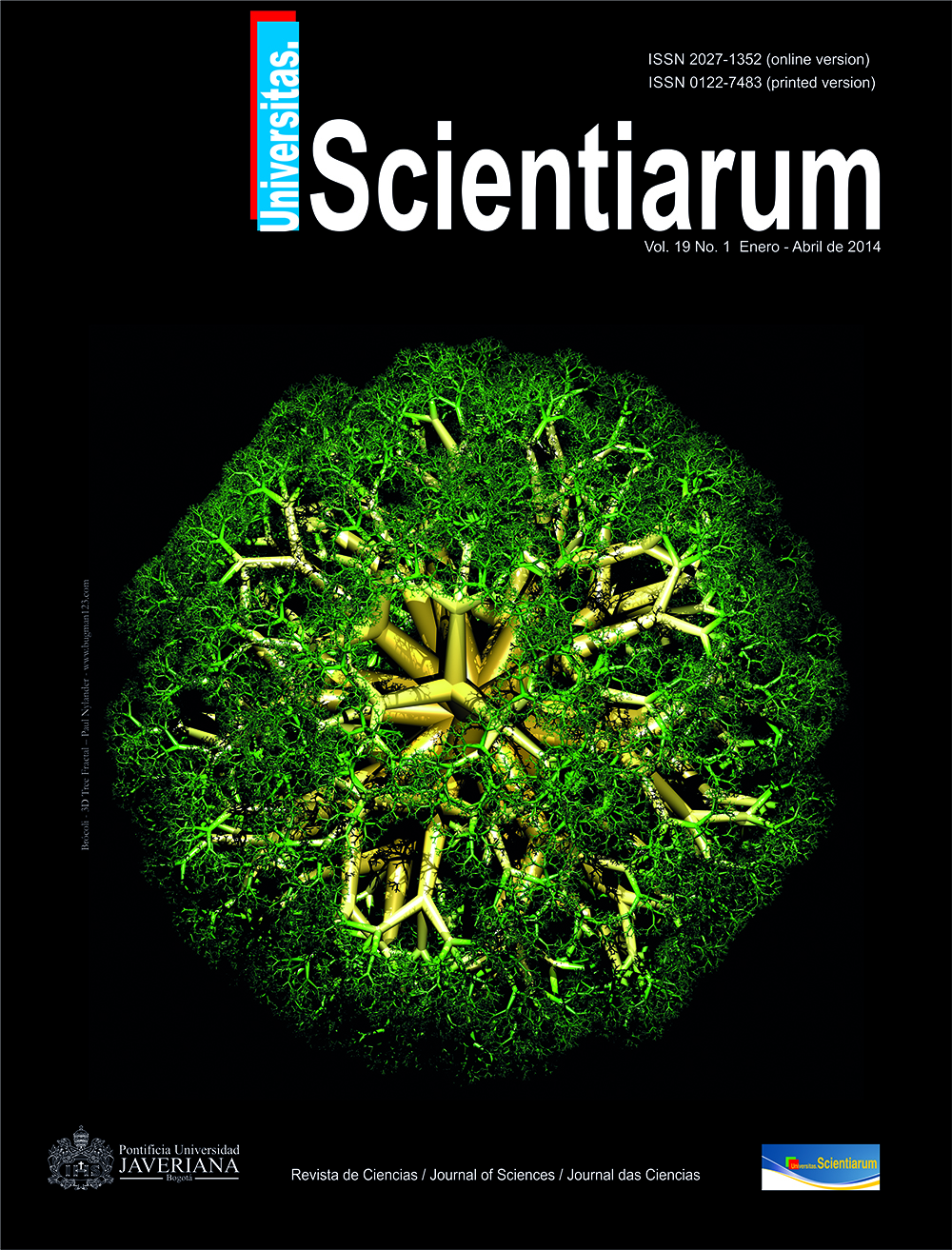Production of lignocellulolytic enzymes from floriculture residues using Pleurotus ostreatus
Published
Sep 8, 2014
Almetrics
Dimensions
##plugins.themes.bootstrap3.article.details##
Abstract
Floriculture is a vital agro-industrial sector in the Colombian economy; the export of flowers positively impacts employment and the balance of trade. However, this industry could negatively impact the environment if its waste products are not handled properly. These flower residues, rich in lignin, hemicellulose and cellulose, could be a cost-effective raw material to produce enzymes. Here, we evaluate the production of lignocellulolytic enzymes by degradation of Chrysanthemum and Rosa residues using Pleurotus ostreatus, and manganese sulfate and copper sulfate as inductors. From the two residues, we obtained laccase, manganese peroxidase, endoglucanase, exoglucanase, and β-glucosidase. The use of inductors, favored all enzyme activities except for β-glucosidase. The enzymes that displayed the highest activity were laccase (4,693.4 U/L and 2,640 U/L from the residues of Chrysanthemum and Rosa, respectively) and β-glucosidase (9,513 U/L and 6,811.9 U/L). The enzyme that showed the lowest activity was endoglucanase (11.5 U/L and 15.4 U/L). Under the conditions evaluated, the best substrate for enzyme production is Chrysanthemum wastes; the extracts obtained had higher enzymatic activity than the extracts from Rosa residues.
Keywords
floriculture residues, Chrysanthemum, Rosa, lignocellulolytic enzymes, Pleurotus ostreatus
References
How to Cite
Quevedo-Hidalgo, B., Narváez-Rincón, P. C., Pedroza-Rodríguez, A. M., & Velásquez-Lozano, M. E. (2014). Production of lignocellulolytic enzymes from floriculture residues using Pleurotus ostreatus. Universitas Scientiarum, 20(1), 117–127. https://doi.org/10.11144/Javeriana.SC20-1.eple
Issue
Section
Biotechnology


